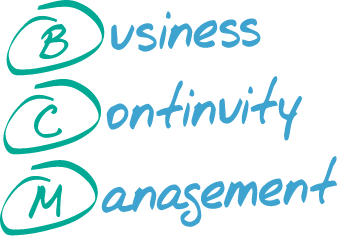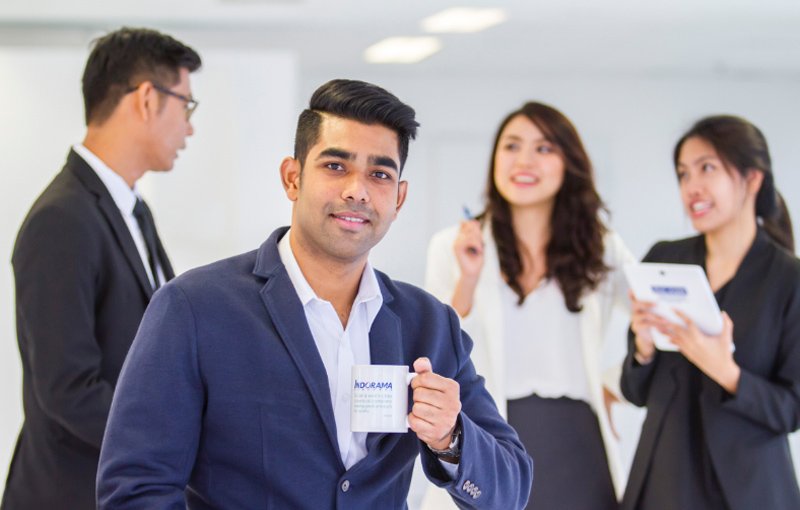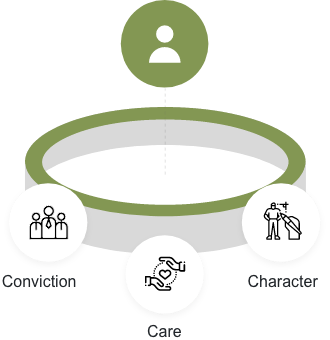Risk Management
At Indorama Ventures we adopt an Enterprise Risk Management (ERM) framework which is aligned with the Committee of Sponsoring Organizations of the Treadway Commission (COSO), and the International Organization for Standards’ ISO 31000 Risk Management.
Our effective risk management oversight structure is crucial in supporting risk management in our business Segments, and through the framework we embed sustainability and business resilience.
This forms the basis for decision-making about which risks are priorities, what the appropriate response should be, and how resources should be allocated to manage the risk or opportunity in a way that best supports Indorama Ventures’ strategy.
Risk Governance Structure
The ERM framework drives our risk management process in providing updates to the Indorama Management Council, Sustainability and Risk Management Committee and Board. Cycles include reporting on both our Top Corporate Risks and our Business Risks and result in our annual risk management report.
At the core of our risk management process are risk committees and risk owners accountable for endorsing risk controls and action plans, providing effective risk understanding, authority and demarcation of accountabilities in risk management.
Risk Management
To ensure that Indorama Ventures remains resilient and responsive to challenges and opportunities, risk management is embedded as a mechanism for monitoring and managing uncertainty. It influences new opportunities for continuous and sustainable growth and to adapt strategies in a rapidly changing world.

We assess the potential impact and likelihood of risks associated with sustainable development and profitable growth. This includes internal and external risks, including global risks and associated factors that may affect the company’s operations due to increasing business and our international operations.
Where necessary, identified risks are allocated to a Risk Owner and analyzed, recorded, reported, and monitored through our risk management process. Appropriate control measures are monitored for their performance to ensure changes to risks are identified and their control activities are continuously updated and improved.
Across Indorama ventures we conduct a sensitivity analysis every six months to ensure sustainability, especially the environmental and social impacts to business operations. A water sensitivity analysis is conducted to identify water stress locations at all our operations globally. Any risks pertaining to human rights at our workplaces, and in supply chain are also part of our risk management.
At the corporate level, we conduct a sensitivity analysis every six months to ensure sustainability, especially the environmental and social impacts to business operations. The water sensitivity analysis is conducted to identify water stress locations at all our operations globally. The risks pertaining to the human rights risks at our work places, in supply chain are also part of the risk management.

Business Continuity Management (BCM)
Business Continuity Management programs are implemented where appropriate to ensure continuity in the delivery of our products and services at predefined capacity during a disruption. Effective business continuity management ensures the company can provide a minimum acceptable operation in the event of a disaster, and helps to preserve our people, asset, reputation, and profitability.

Risk Culture
We support our employees and develop strategies and communications to produce positive cultural outcomes. This is continually refined to reflect ongoing changes in our business strategy.
We encourage a positive risk culture at our corporate office and in all our operations which helps to:
- Strengthen effective risk management.
- Promote sound risk-taking.
- Address immediate behavioral and other relevant issues ensuring a safer and healthier environment for our workforce.
- Ensure that emerging risks and excessive risk-taking, including M&A activities are assessed, escalated and addressed.
Communication and education are meaningful actions in developing risk awareness. We encourage open and upward communications, sharing knowledge and best practices, continuous process improvements, and a strong commitment to ethical and responsible business behavior.
We also foster an environment that both recognizes and rewards people for paying attention to risk, both positive and negative, to reward the right kind of behavior or to penalize the wrong kind of behavior. Employee Suggestions, Incentives, and Near-miss Reporting are just some of our programs that regularly promote a positive risk culture.
Risk Capability & Culture Leadership Program
We developed and implemented a carefully curated Risk Capability & Culture Leadership Program covering top 80 global leaders across the organization to enhance risk capability and elevate risk thinking to drive agility in addressing the ever changing business environment. This program combines both experiential learning and tools to strengthen risk leadership mindset in leaders to shape the masses and envision future state of risk.


Risk Capability
Upskilling on the overall landscape of Risk Management, Crisis and Business Continuity Management emphasizing tools and effectiveness imparting value through best practices and lessons learnt.

Credible Risk Champion
Shape leaders’ risk management aptitude, confidence, drive and conviction for risk through experiential knowledge transfer and facilitated activities.

Risk Conversation
Dedicated open discussion on risk management to surface timely key risk/ achieve risk target involving leaders and related parties through rigorous facilitated deliberation & challenge.
VALUE
Foundational Risk Management capability building for Leaders by providing tools/ methodologies to support decisionmaking & business objectives.
VALUE
Creates Risk platform to reflect & react where Risk becomes the Top of Mind, leaders as Risk model and champion to constituent.
VALUE
Elevating Leaders as credible risk advocates by strengthening confidence, drive and conviction on risk management to shape masses’ risk culture and practices.
